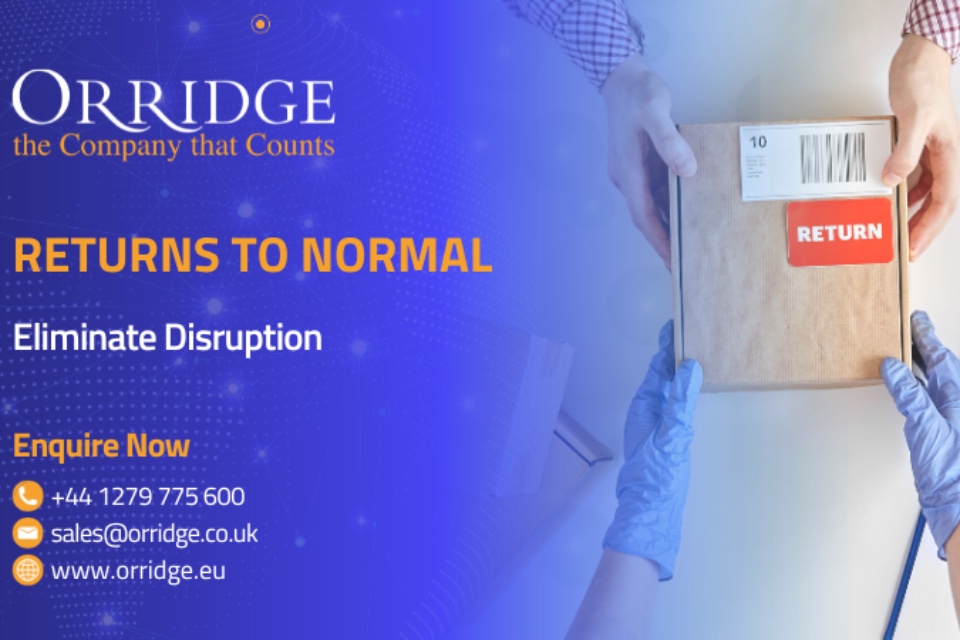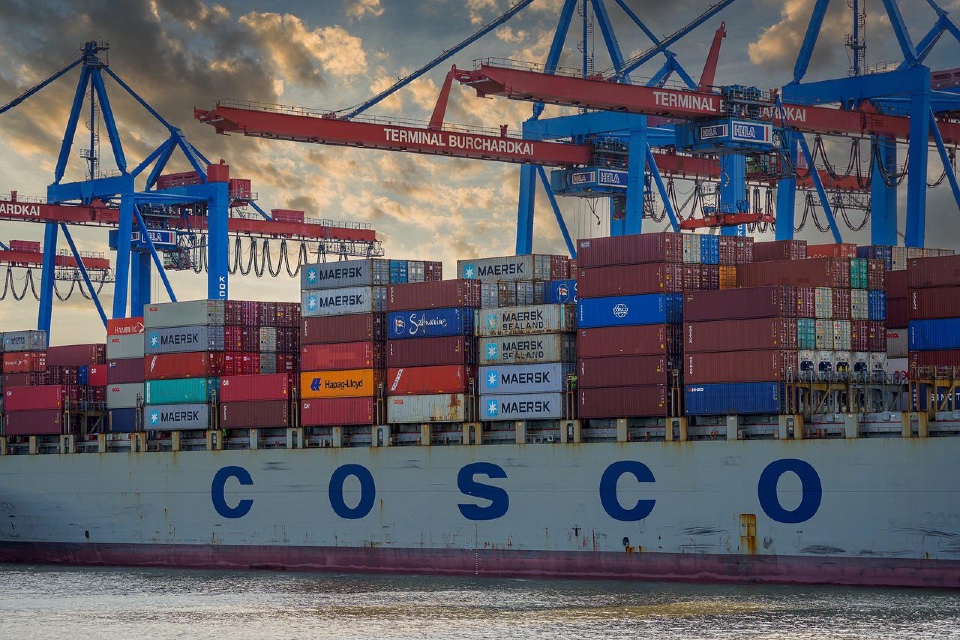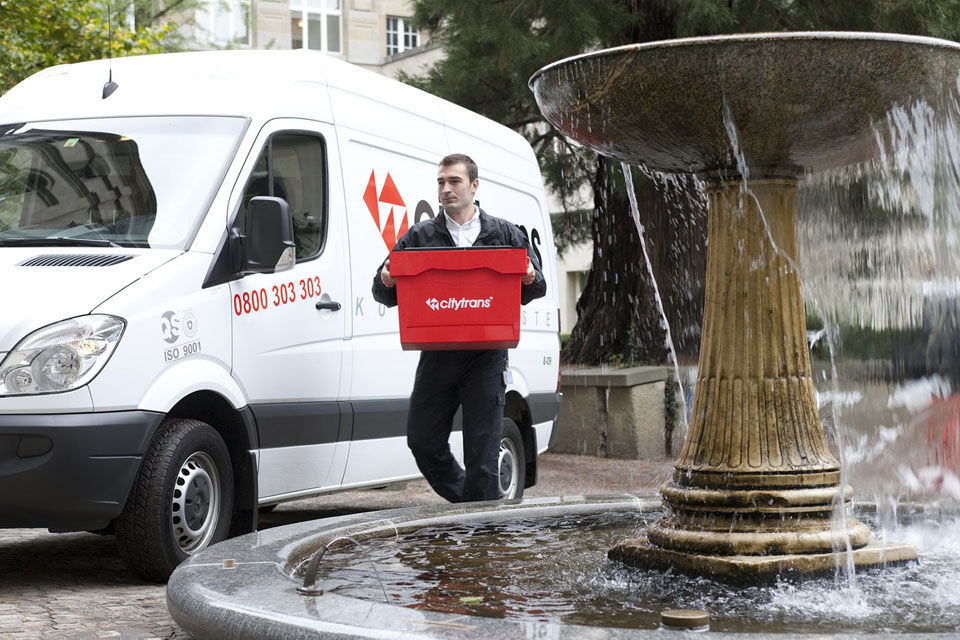Returns to Normal

January is a difficult time for retailers and supply chains in general. The dramatic shift from depleted stock to rebuilding inventory causes a strain upon the entire distribution operation. All this, whilst at the same time trying to run business as usual and maintaining customer service levels. This strain is further compounded by the increase […]
Planning a Nordic Market entry or already have established Nordic e-commerce customers?

Buying products online is a long-established habit of most of the population in the Nordic countries. All of them, Sweden, Denmark, Finland and Norway were out early when it came to building an internet infrastructure, also in thinly populated areas. So, Nordic consumers have been relatively mature in their behavior when it comes to e-commerce […]
£1bn: The estimated trade impact of logistics network strikes

Home delivery specialist ParcelHero has warned the combined ‘perfect storm’ of logistics-network strikes will impact on £1bn of trade and deliver a blow to shoppers, retailers and manufacturers alike. ParcelHero’s Head of Consumer Research, David Jinks M.I.L.T., says: ‘The “triple whammy” of industrial actions at ports, postal networks and e-commerce giants means serious disruption. Home deliveries will […]
Just 16% of UK consumers are satisfied with delivery services every time

Over two thirds (68%) of UK consumers have had an issue with delivery in the last three months – and, as a result, 24% lost trust in a delivery company and 24% lost trust in the retailer. That’s according to Descartes Systems Group’s latest Consumer Online Delivery Research, which set out to assess consumers’ online […]
Yodel posts record parcel volumes over Christmas peak as overall market balloons

Yodel says it delivered a record number of parcels over the peak Christmas period, up 37.4% year-on-year between November 15th and January 2nd. The company says it experienced a surge in everyday premium items passing through its network as families settled in for a Christmas at home due to lockdown. Increased demand for alcohol and fresh food in particular […]
Kar-go hits the road as UK’s first autonomous delivery vehicle

The UK’s first autonomous delivery vehicle has hit the roads – giving a glimpse into how technology is set to transform the parcel delivery industry. Kar-go, a self-driving delivery bot built by Academy of Robotics, uses artificial intelligence and a specially developed package management system to provide contact-free delivery. Its vision system means the electric vehicle is […]
How COVID-19 has impacted global supply chains

By Nick Pike, Chief Revenue Officer, Vizibl The impact of COVID-19 has been swift and devastating to those directly affected. Not just from a health perspective, but also for businesses who had to promptly close their doors as the country went into lockdown, particularly those in hospitality and retail. And as we now slowly emerge […]
Three challenges to delivery efficiency during Covid-19

Andrew Tavener, Head of Marketing at Descartes, outlines the impact that Covid-19 has had on ecommerce, addressing the three main pinch points for delivery service that have been caused due to a surge in demand, and how they might be overcome… The current Coronavirus pandemic has presented challenges for every industry, organisation and individual across […]

